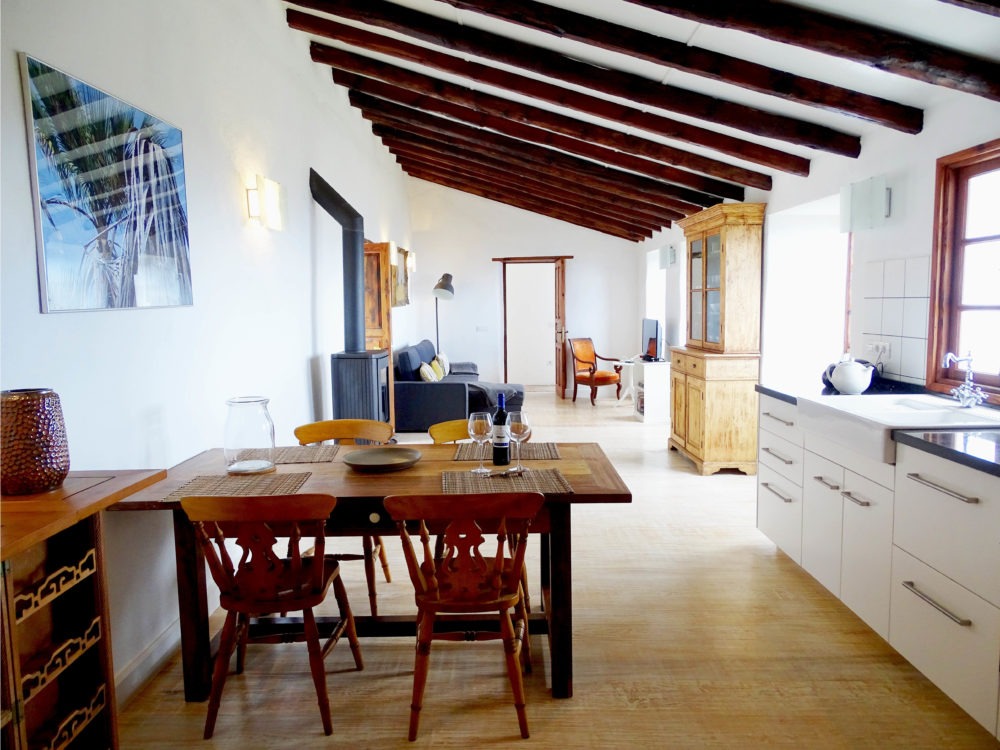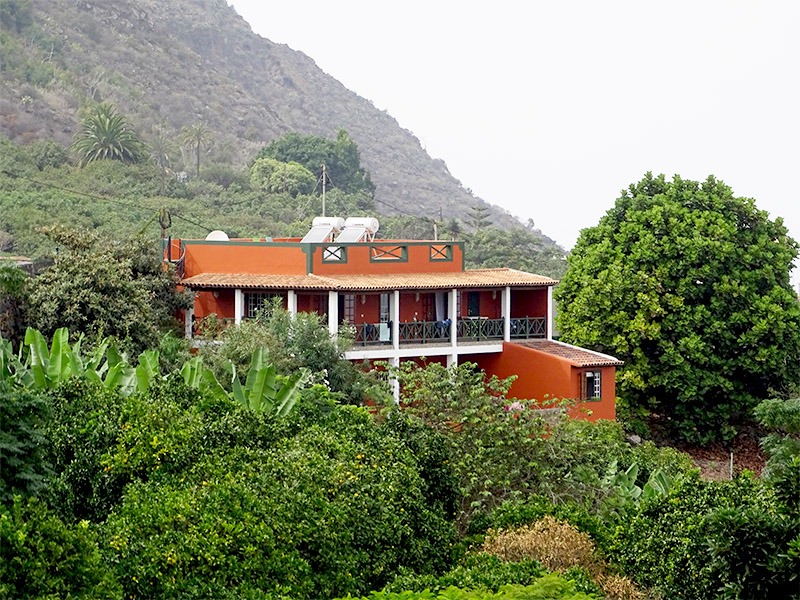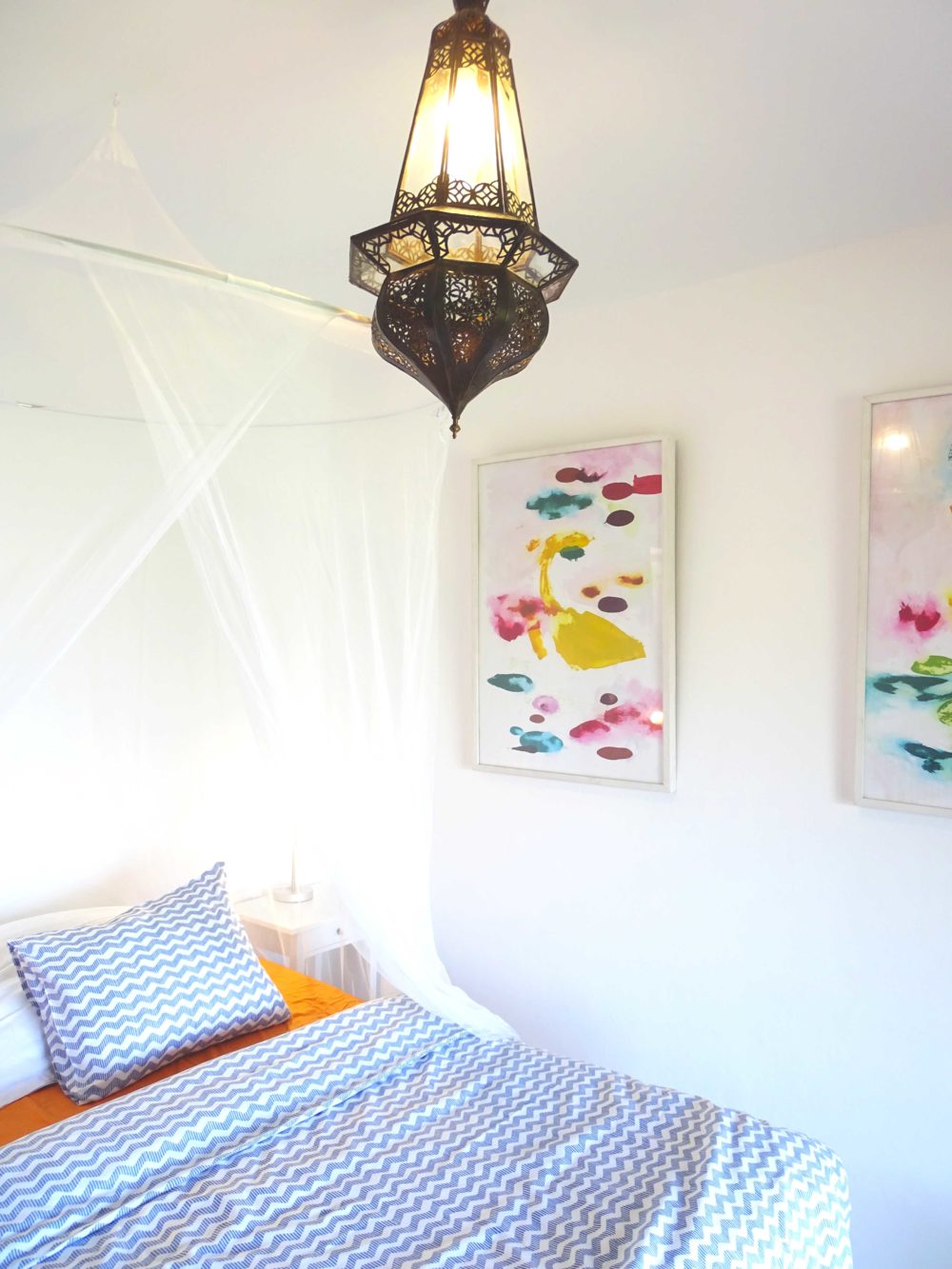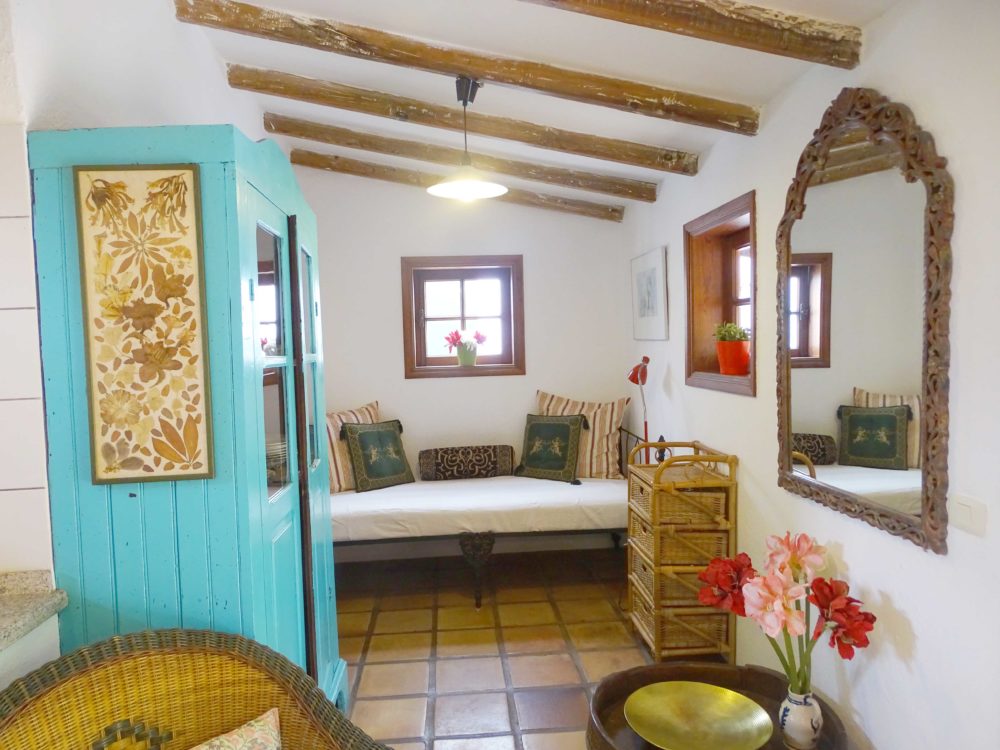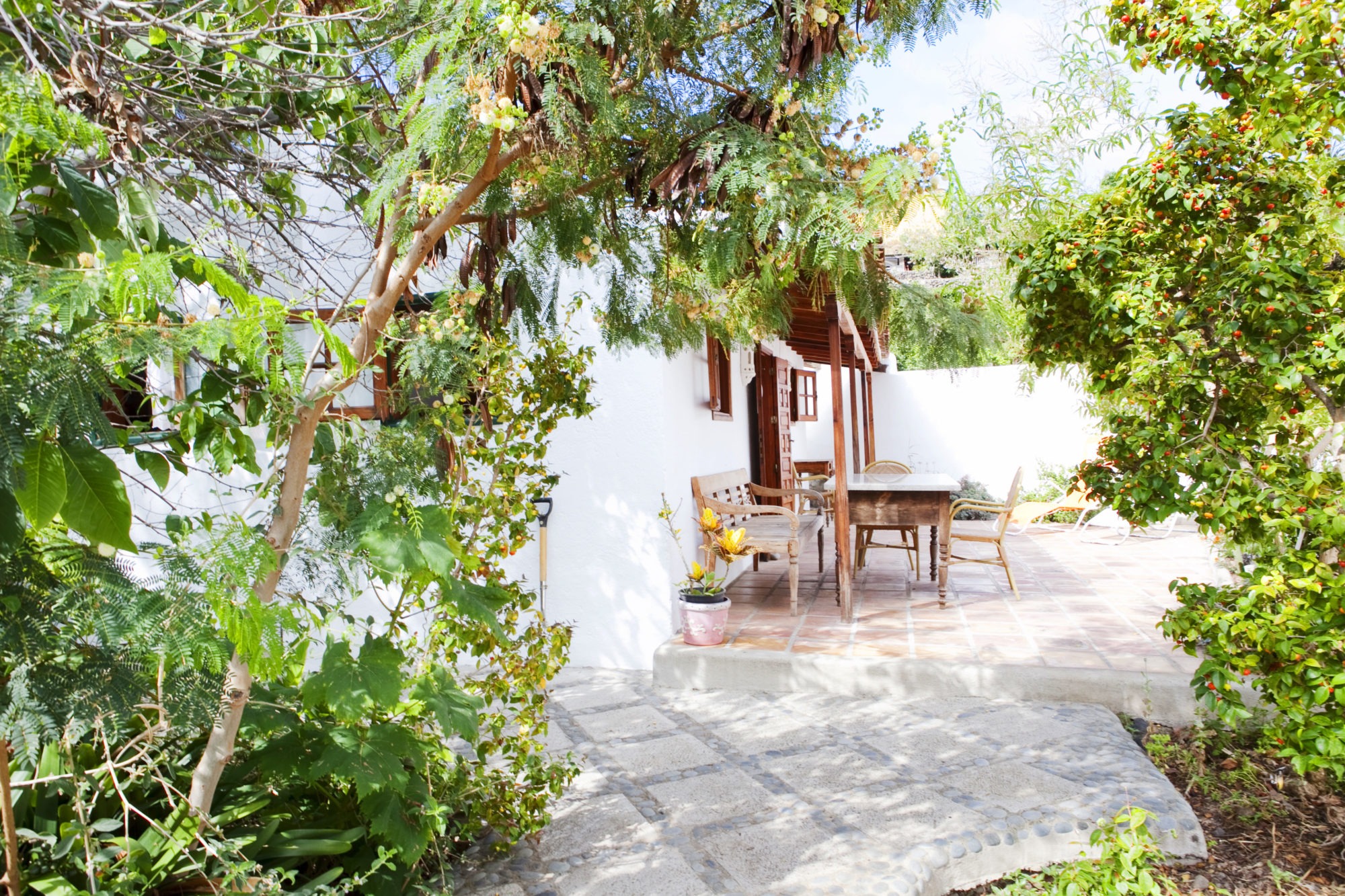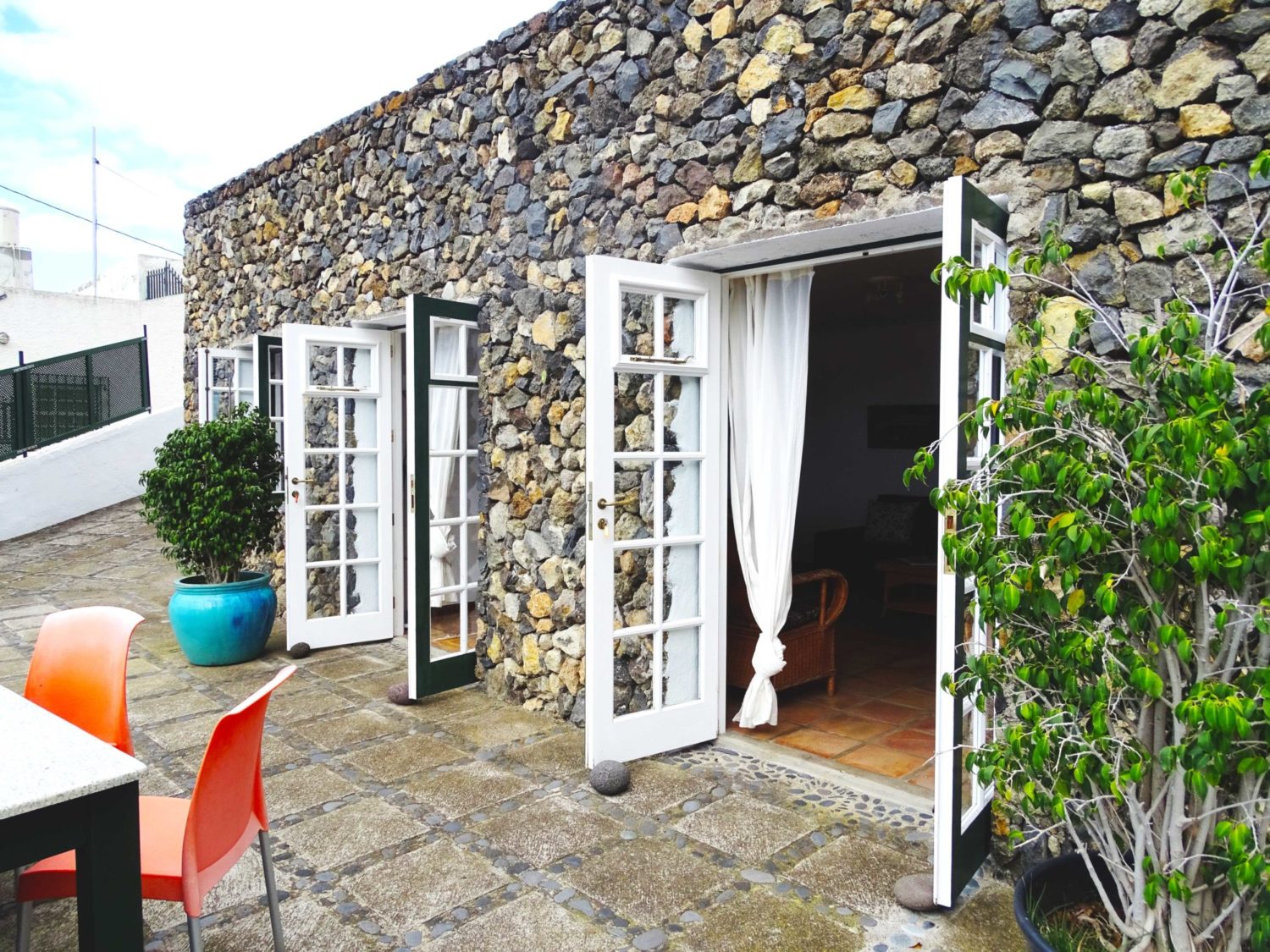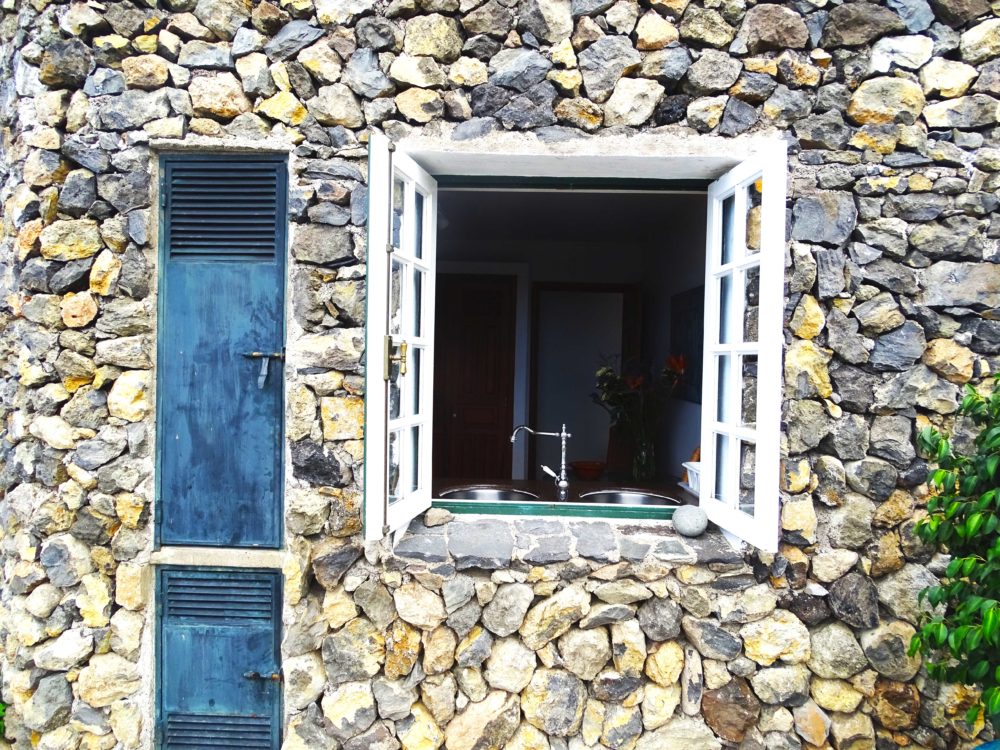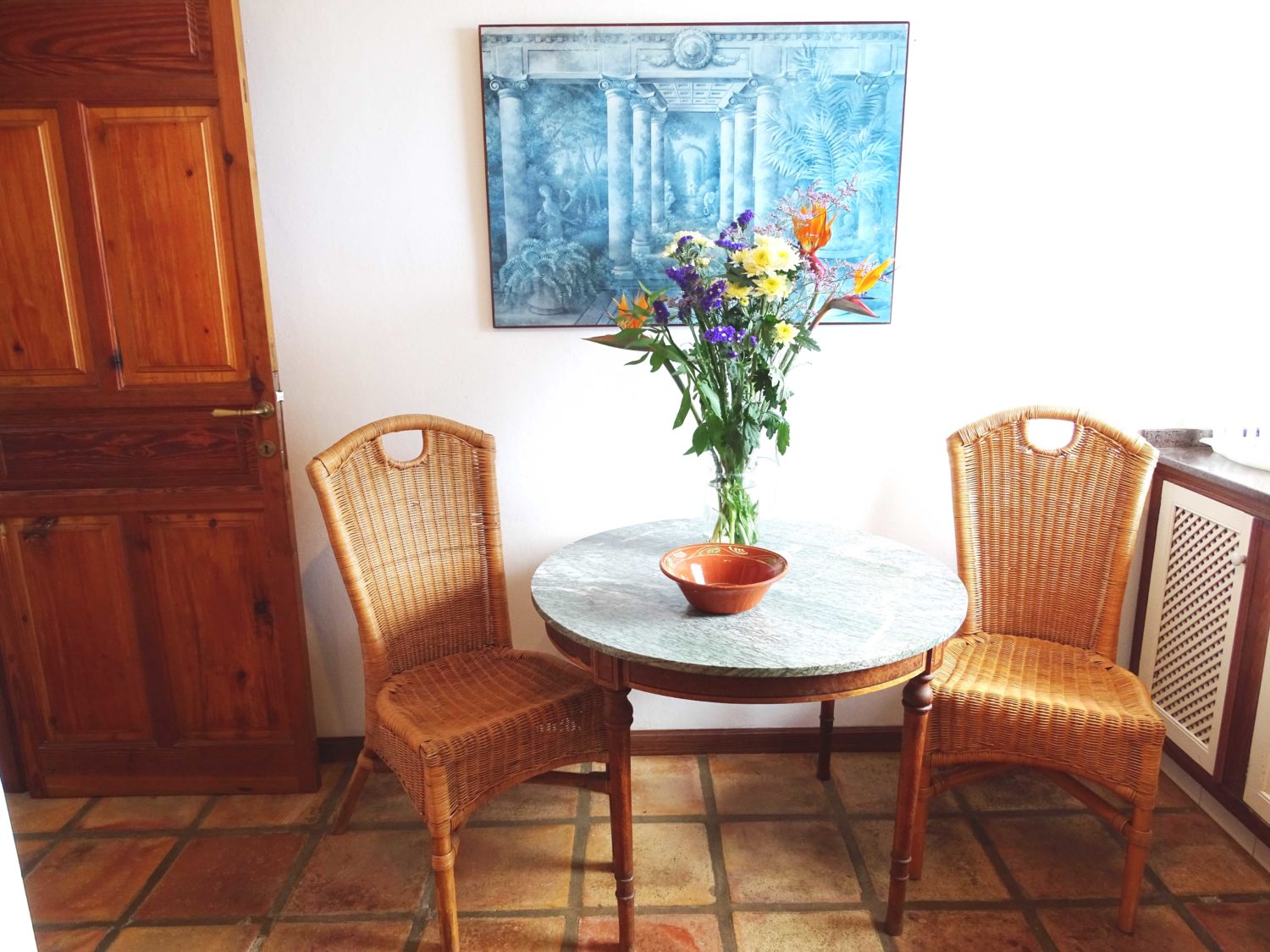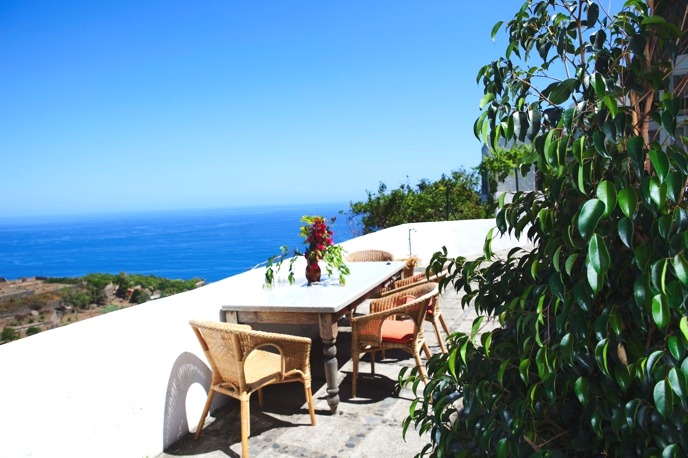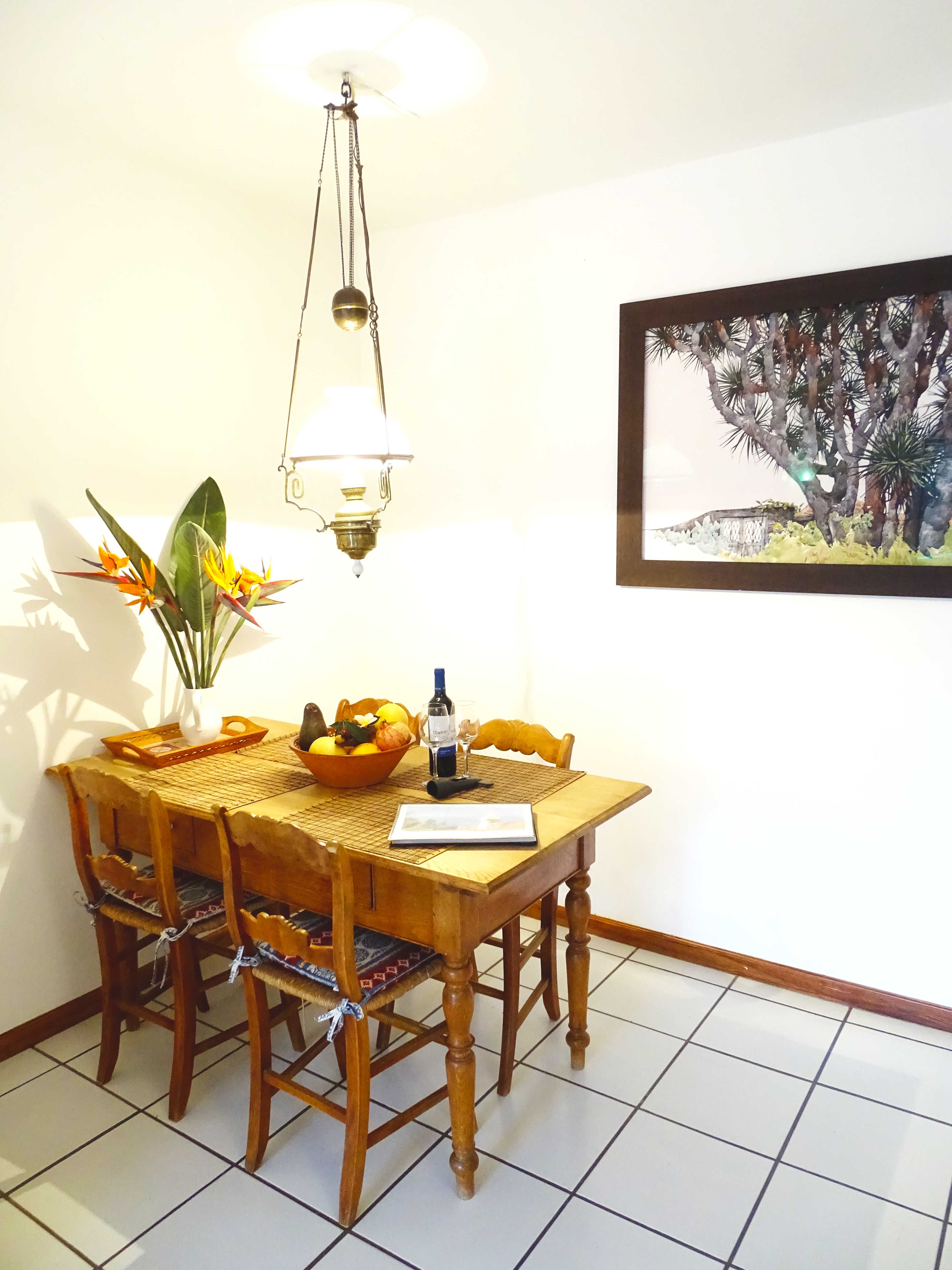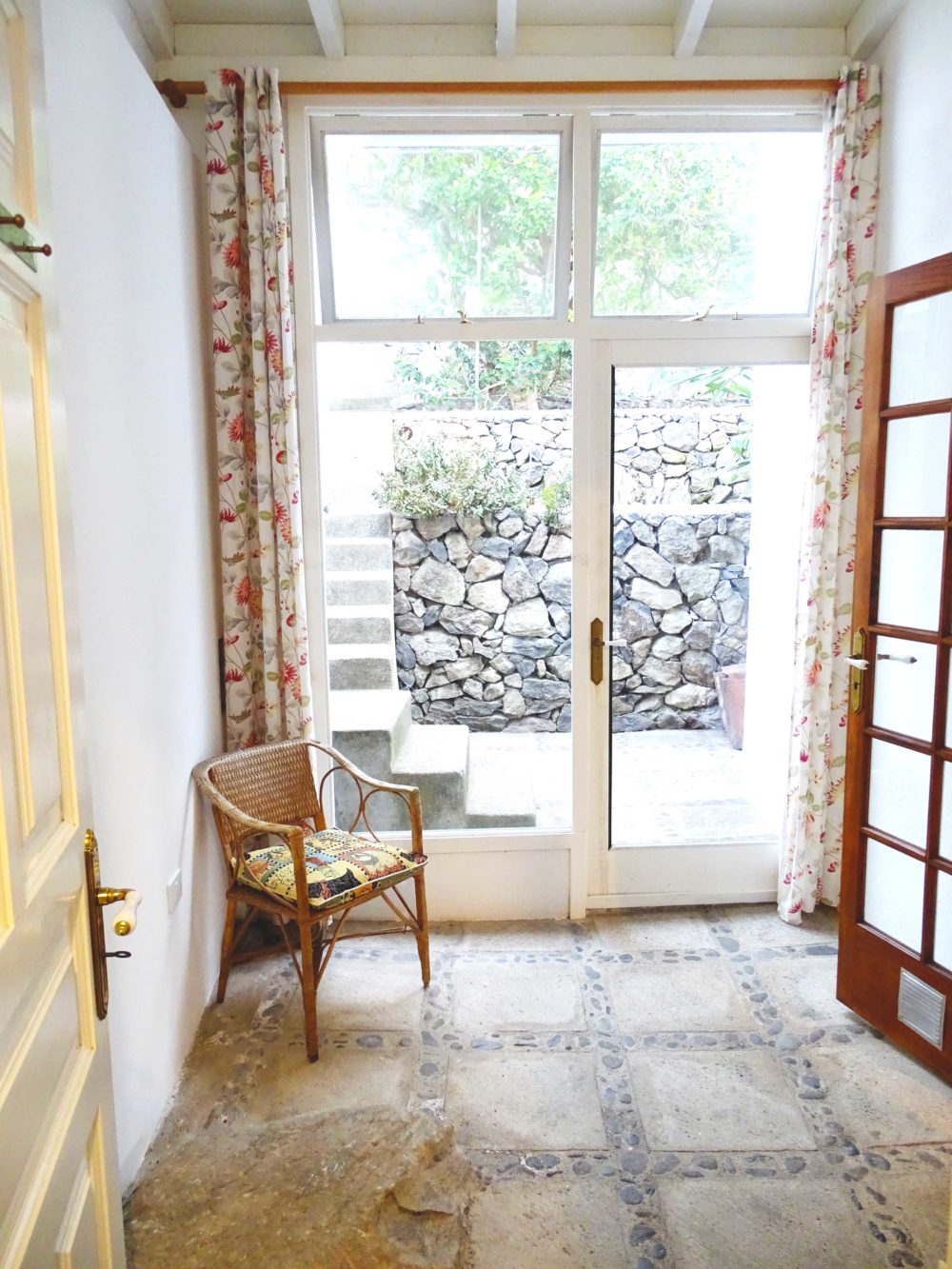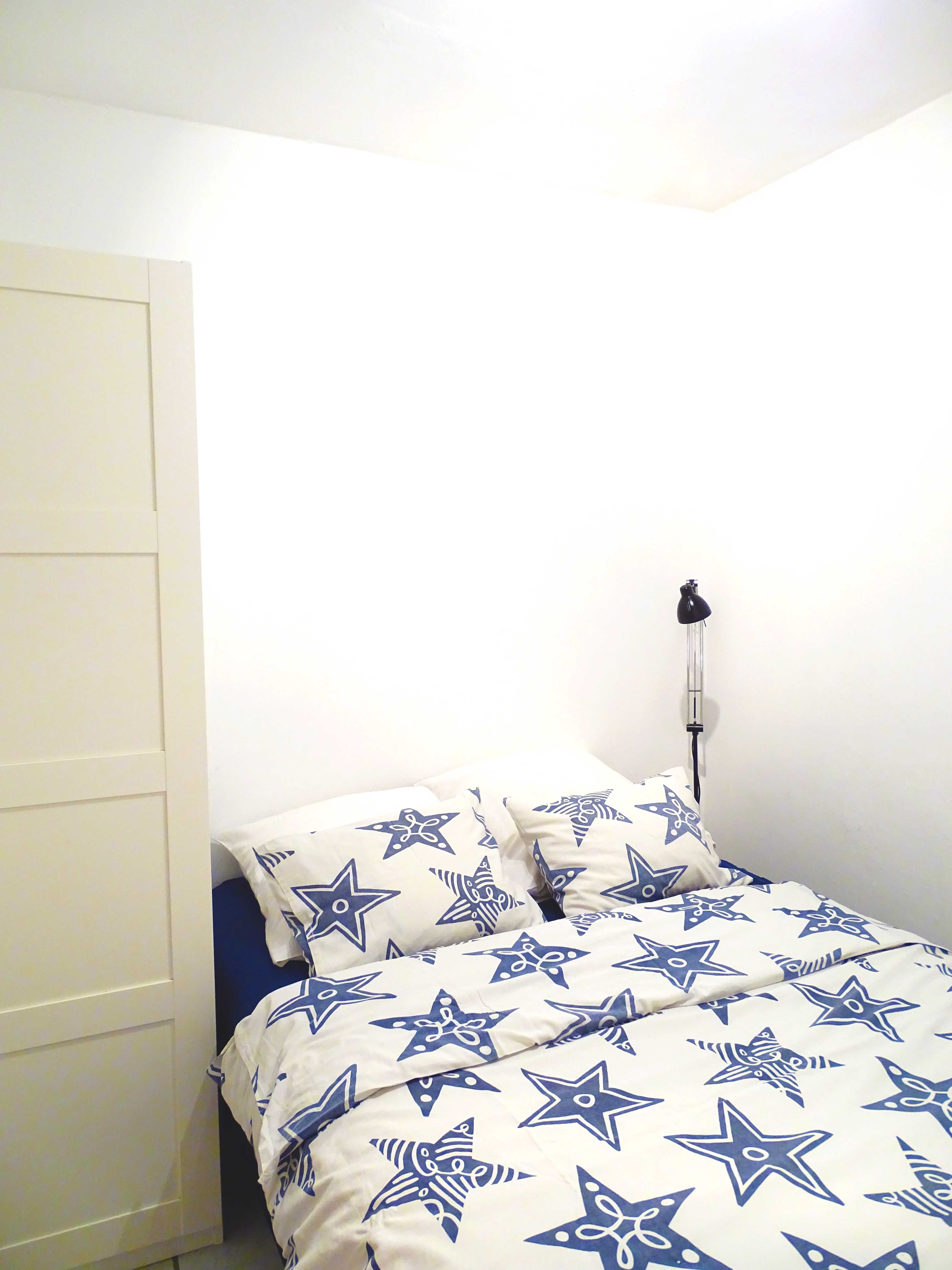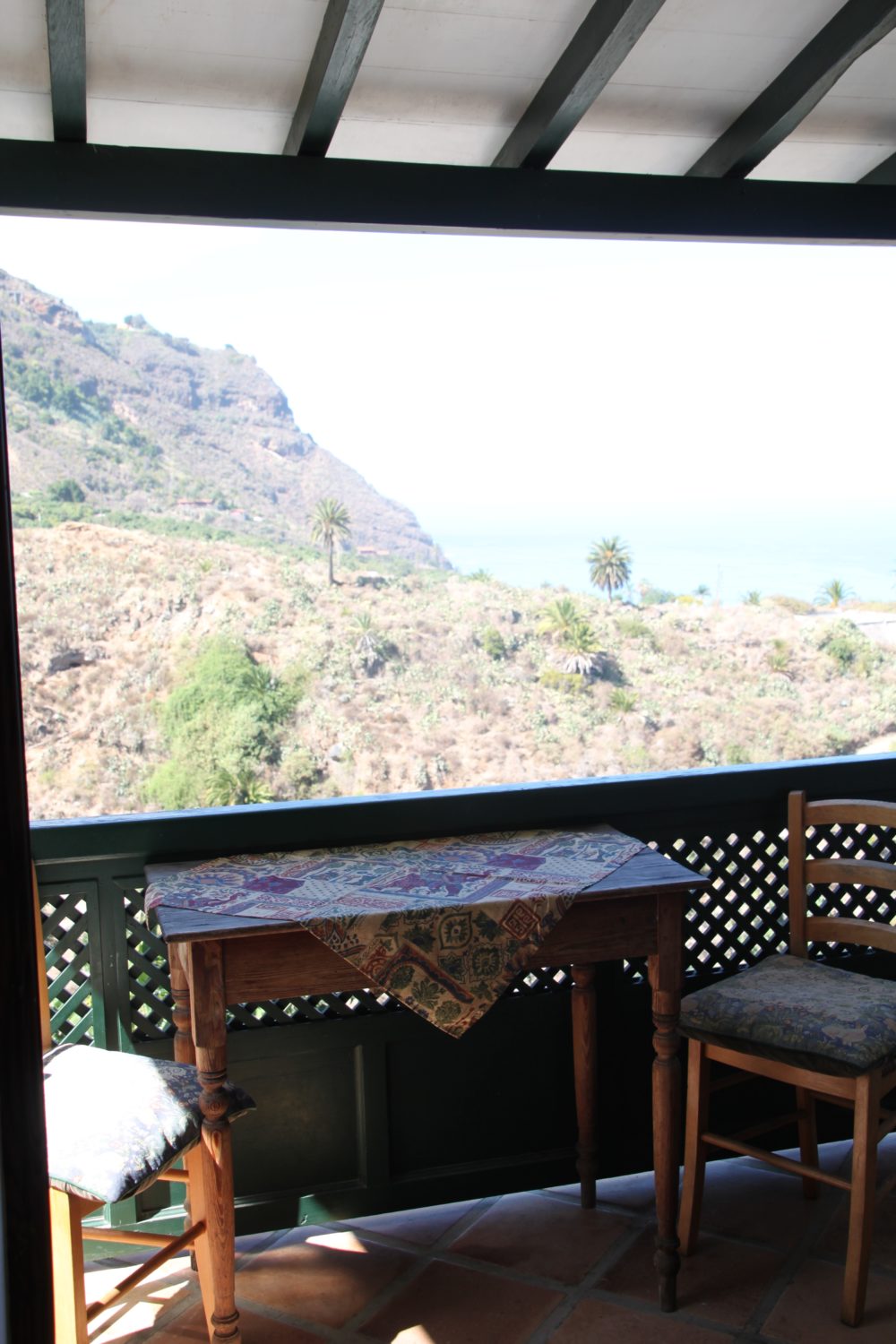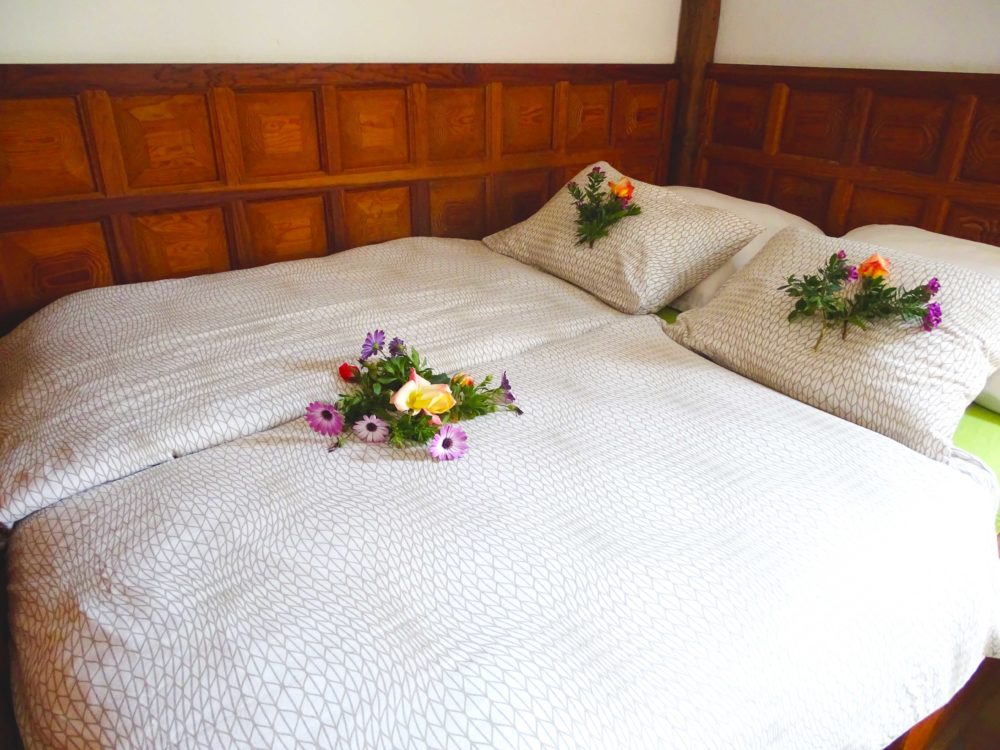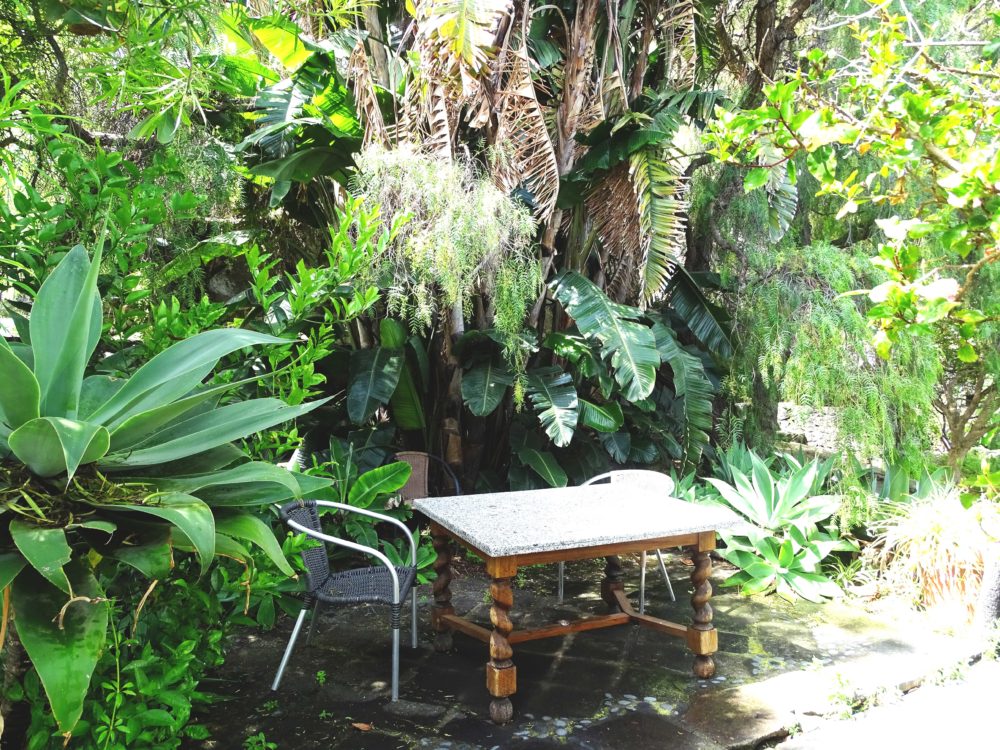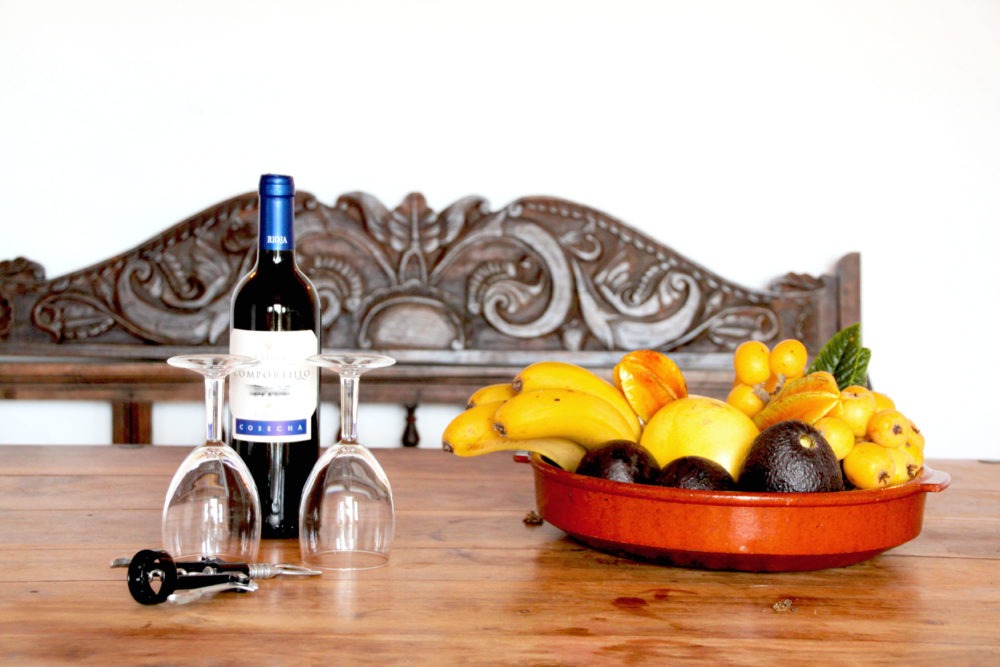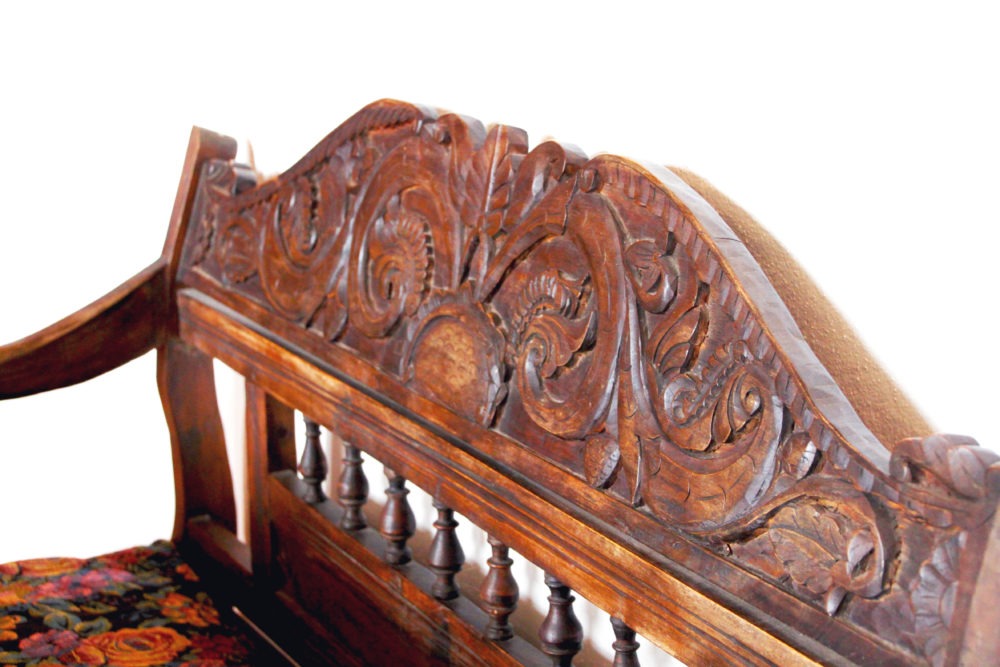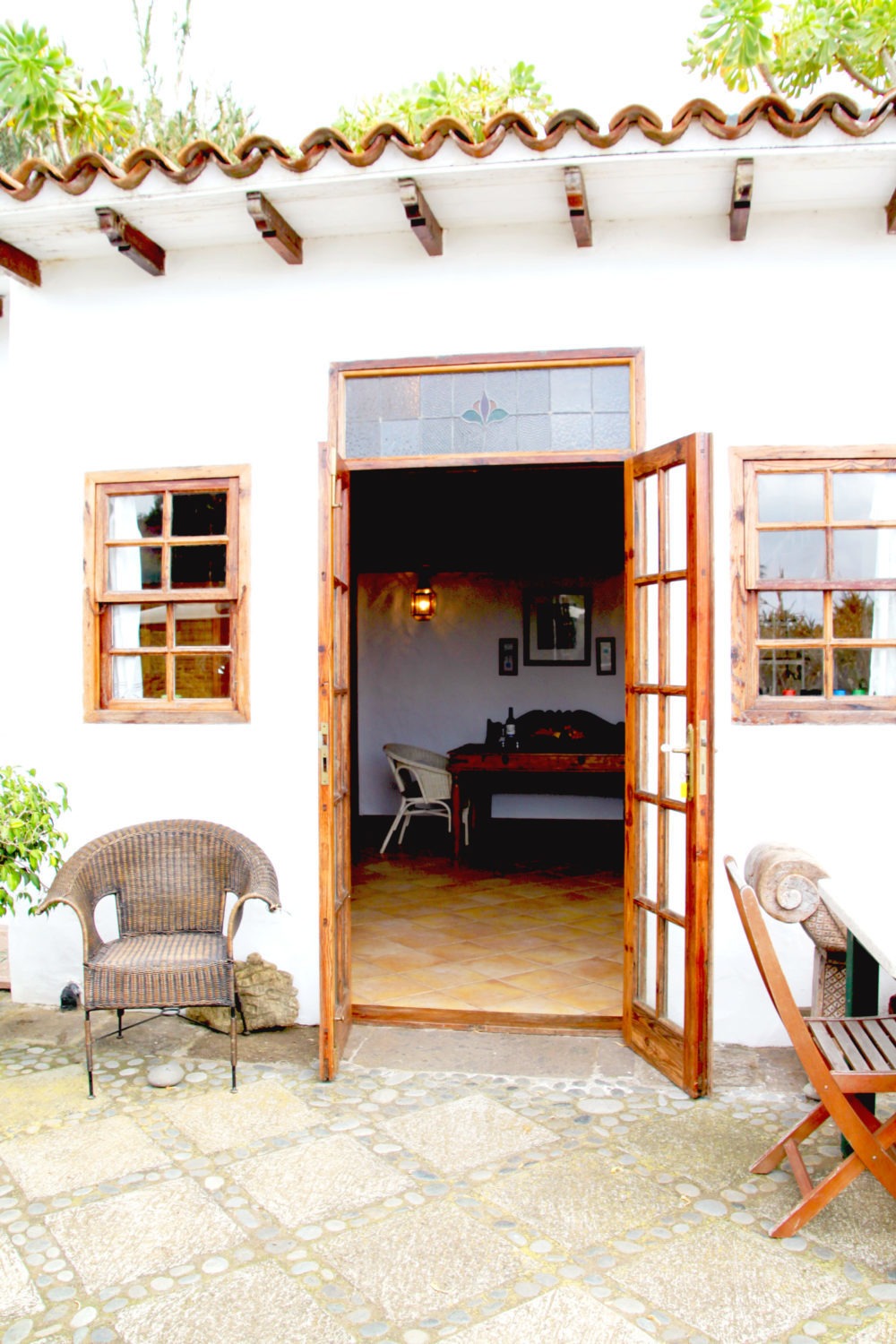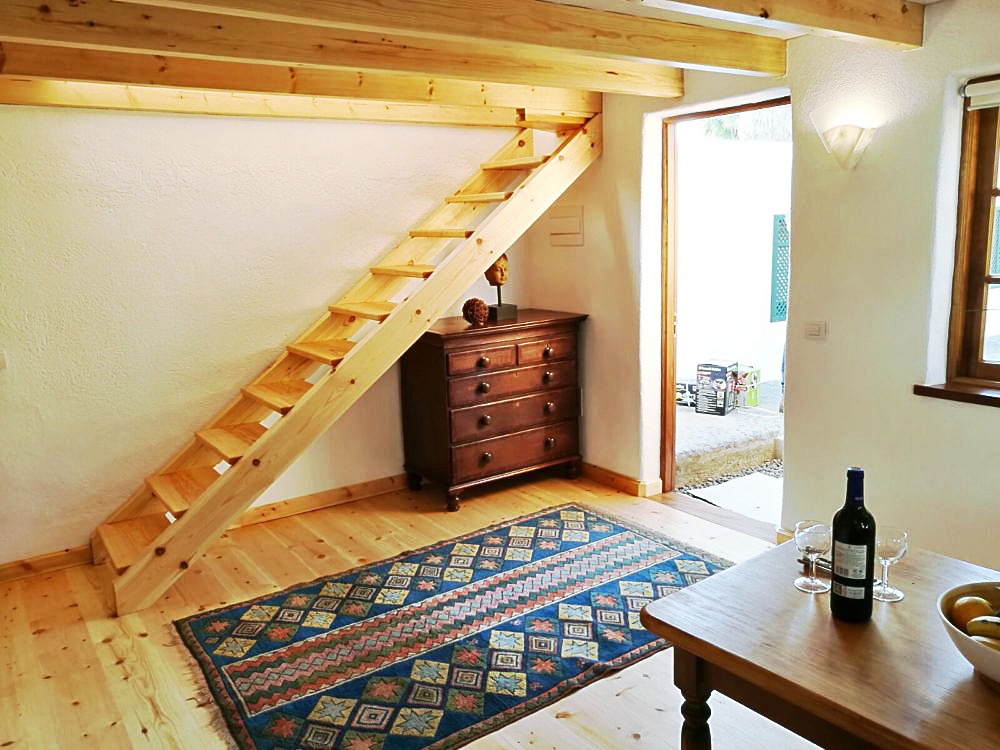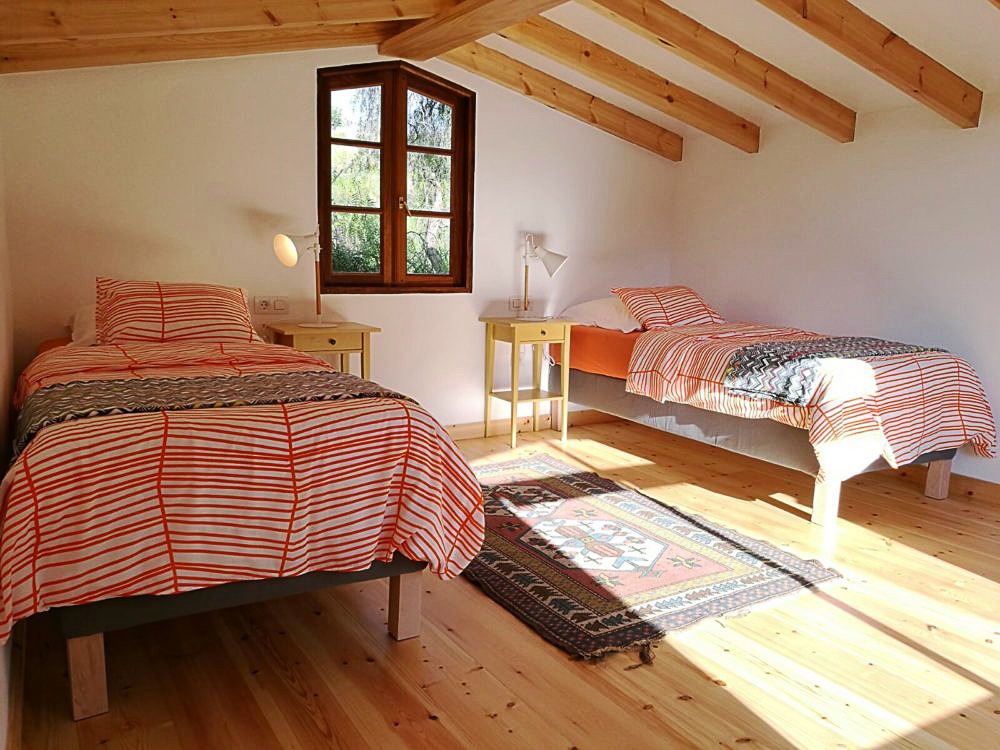Bougainvillea glabra
Kahle Drillingsblume
Englische Bezeichnung: Lesser Bougainvillea
Spanische Bezeichnung: Flor de Papel
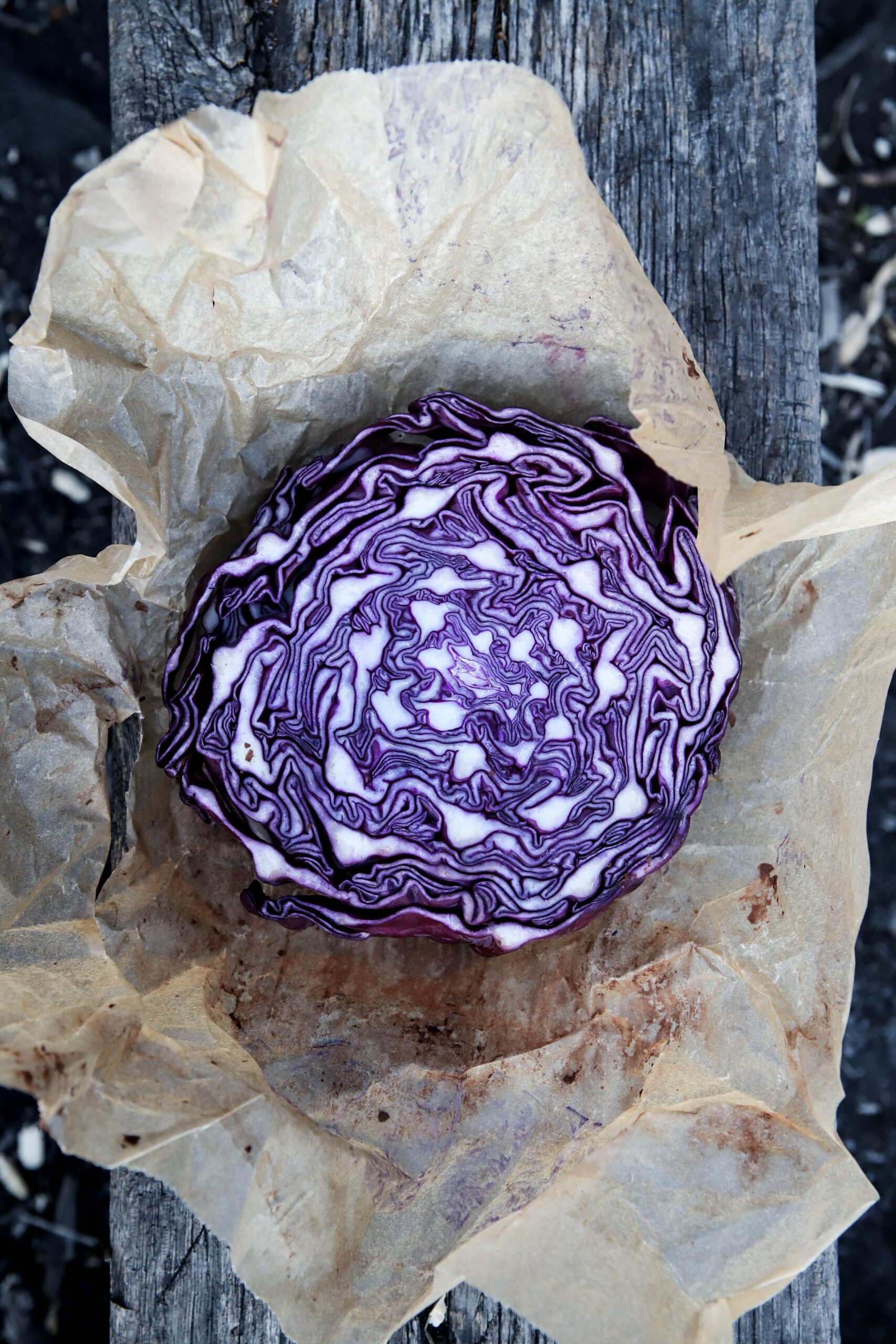
Familie
Wunderblumengewächse (Nyctaginaceae)
Ein Brasilianischer großer und beliebter Zierstrauch aus Südamerika.
Die deutsche Bezeichnung „Drillingsblume“ beruht darauf, dass die jeweils zu dritt stehenden Blüten von drei rosa bis purpur, auch bläulich violett gefärbten Hochblättern umstanden werden. Es gibt auch Sorten mit weißlicher, gelblicher oder oranger Blattfärbung.
Diese Pflanze erhält eine breite traditionelle medizinische Verwendung in den zentralen und südlichen Staaten Mexikos, hauptsächlich bei Atemwegsinfektionen wie Husten, Asthma, Bronchitis und Grippe. Für seine Behandlung werden die Blüten oder Hochblätter verwendet, sowie seine Vorbereitung, die mündlich verabreicht wird.
Bougainvillea dient auch als eine gute Behandlung für die Haut, da ihre antiseptischen Eigenschaften helfen, Akne und Schuppenbildung zu verhindern.
Family
Four oclock (Nyctaginaceae)
A Brazilian large and popular ornamental shrub from South America.
The German name „Drillingsblume“ (triple flower) is based on the fact that the flowers, which come in threes, are surrounded by three pink to purple, also bluish violet coloured bracts. There are also varieties with whitish, yellowish or orange leaves.
This plant receives wide traditional medicinal use in the central and southern states of Mexico, mainly for respiratory infections such as cough, asthma, bronchitis and flu. The flowers or bracts are used for its treatment, as well as its preparation, which is administered orally.
Bougainvillea also serves as a good treatment for the skin, as its antiseptic properties help prevent acne and dandruff.



